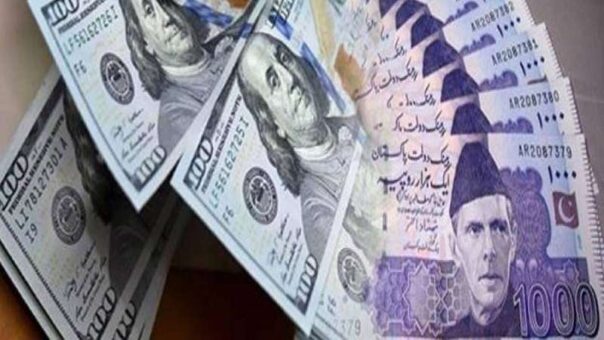Karachi, June 10, 2024 – The Pakistani Rupee fell by 17 paisas against the US dollar on Monday, driven by a surge in demand for import payments. The rupee closed at PKR 278.37 per dollar in the interbank foreign exchange market, compared to last Friday’s closing of PKR 278.20.
Currency experts attributed the rupee’s decline to the rising dollar demand for foreign payments, particularly on the first day of the week when demand tends to spike due to import and corporate payments. Despite the drop, experts remain optimistic about the rupee’s stability in the coming days.
“Typically, the demand for dollars is higher at the beginning of the week due to import and corporate payments,” explained a currency expert. “However, we are hopeful that the rupee will stabilize as the week progresses.”
Authorities are keen to keep the rupee value lower against the dollar by June 30, 2024, to manage economic stability. The influx of export receipts has recently bolstered the rupee, with Pakistani exporters benefiting from favorable market conditions, leading to increased foreign exchange inflows.
“Export receipts have played a crucial role in supporting the rupee recently,” noted another expert. “These inflows have provided much-needed support to the local currency.”
However, the market is also experiencing heightened demand for dollars due to preemptive buying by importers. These importers are placing orders with foreign suppliers in anticipation of potential hikes in duties and taxes on imported goods, putting additional pressure on the rupee.
Despite these pressures, analysts remain positive about the rupee’s stability towards the end of the current fiscal year. Key economic indicators, such as significant reductions in the trade deficit and current account deficit, support this optimism.
“The recent contraction in the trade deficit and current account deficit provides a solid foundation for the rupee’s stability,” said an analyst. “As long as these economic indicators continue to improve, we can expect the rupee to maintain its value relative to the dollar, at least in the near term.”
Over the past year, Pakistan’s economy has faced numerous challenges, with fluctuating exchange rates being a major concern for businesses and consumers. However, government efforts to address the trade deficit and improve the current account balance have begun to yield positive results.
“The steps taken to curb the trade deficit are showing promise,” said another analyst. “With continued focus on economic reforms and stability measures, the rupee is expected to navigate through the fluctuations more resiliently.”
As the fiscal year progresses, all eyes will be on the government’s economic policies and their impact on the rupee. For now, the recent appreciation against the dollar offers a glimmer of hope for stability in the foreign exchange market.
